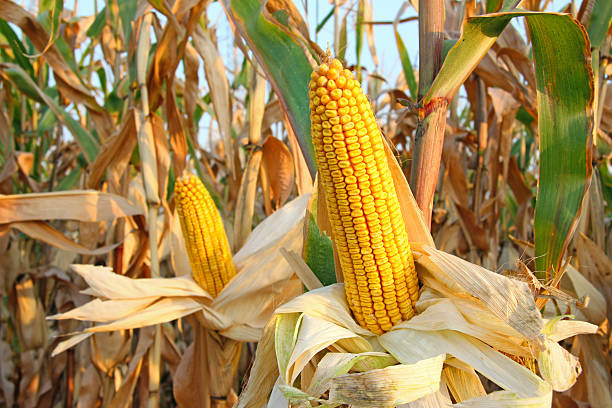
Corn
Corn needs a lot of sunlight and prefers areas with moderate to high humidity. It grows best when temperatures are between 60°F and 95°F (15.5°C to 35°C), ideal for planting in late spring and harvesting in early fall. It costs a bit more to plant than the average crop, at 1.2 times the usual cost, but it can make a good profit.
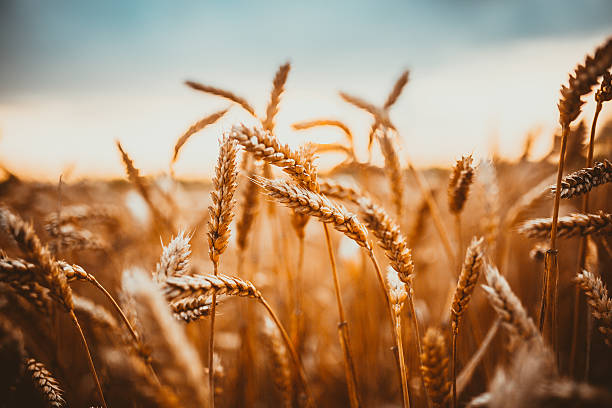
Wheat
Wheat prefers clear, sunny weather and does well in areas with low to moderate humidity. It grows best in cooler temperatures, from 40°F to 75°F (4°C to 24°C), making fall the ideal time for planting to harvest in summer or early fall the following year. Planting wheat is less expensive than the average crop, costing only 0.8 times the usual amount. Despite its lower cost, wheat offers a good return, yielding 1.4 times the investment.

Potato
Potatoes like cool, cloudy weather and need moderate humidity to grow well. They are happiest in temperatures between 45°F and 70°F (7°C to 21°C), which means they should be planted in early spring and can be harvested by late summer or early fall. The cost to plant potatoes is slightly below average, at 0.9 times the standard crop cost. However, they offer a higher profit margin, with a return of 1.6 times the planting cost.
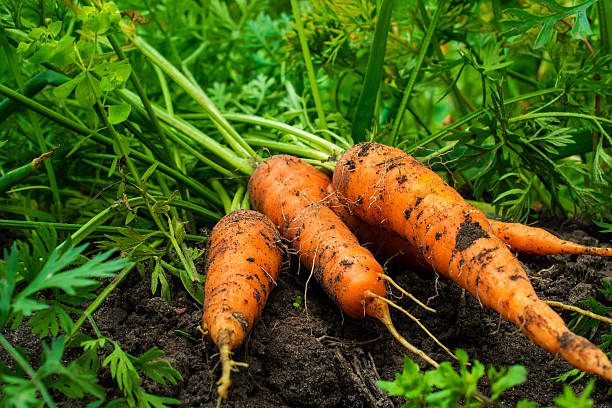
Carrot
Carrots need moderate humidity and do best in cooler temperatures, ranging from 50°F to 75°F (10°C to 24°C). They should be planted in early spring for a harvest in late summer or fall. Carrots cost a little less to plant than the average crop, at 0.85 times the usual cost. They also provide a good profit, with a return of 1.45 times the investment.
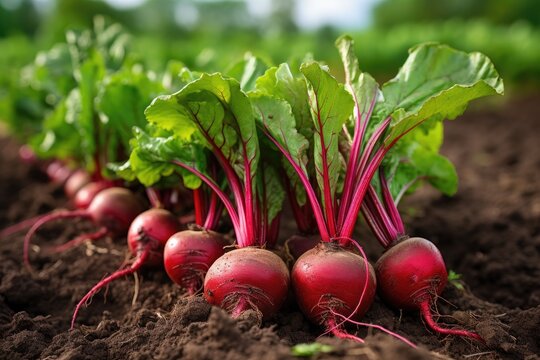
Beat
Beets prefer sunny to partly cloudy weather and moderate humidity. They thrive in temperatures between 50°F and 65°F (10°C to 18°C). Instead of late spring, beets should be planted in late summer for a fall harvest. They are slightly cheaper to plant than the average crop, at 0.95 times the standard cost. Beets also yield a solid profit, with a return of 1.4 times the planting cost.
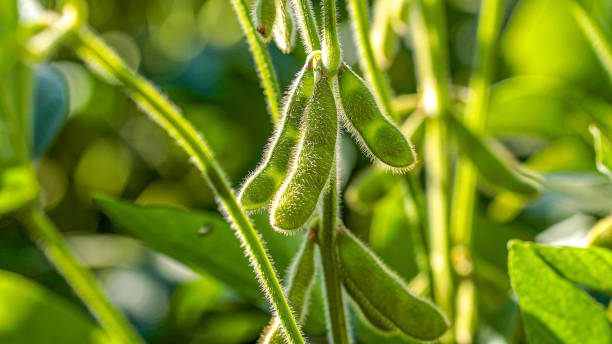
Soybean
Soybeans need sunny weather and do best with moderate to high humidity. They grow well in temperatures from 60°F to 85°F (15.5°C to 29.5°C), perfect for planting in late spring and harvesting in late summer to early fall. Planting soybeans costs a bit more, at 1.1 times the average, but they offer a good profit, giving back 1.5 times what you spend.
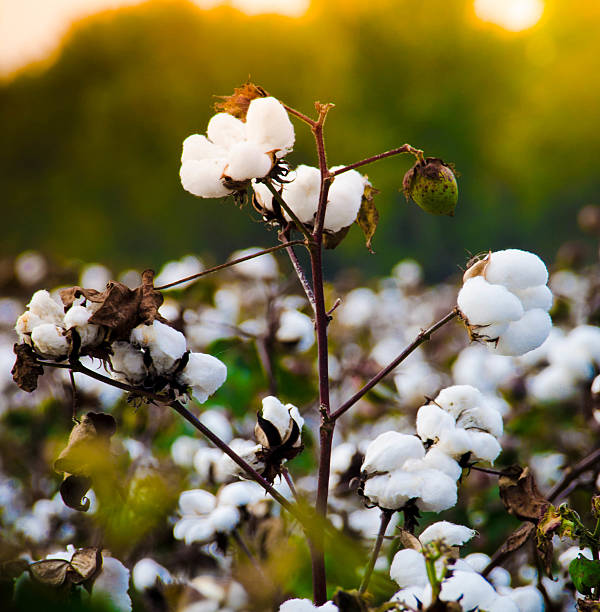
Cotton
Cotton loves hot and sunny weather and does well with low to moderate humidity. It thrives in warmer temperatures, between 60°F and 95°F (15.5°C to 35°C), and should be planted in late spring to be harvested in early to mid-fall. Cotton planting costs are higher than average, at 1.3 times the usual cost, but it yields a significant profit of 1.8 times the investment.
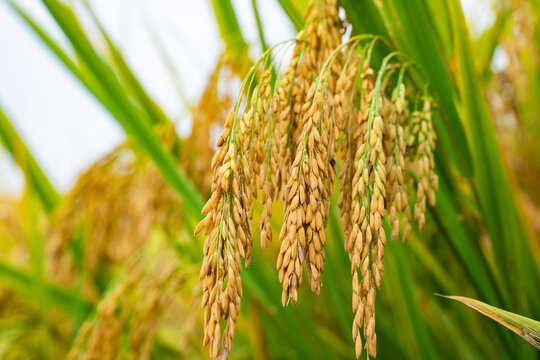
Rice
Rice requires hot and humid conditions to flourish, thriving in temperatures between 70°F and 90°F (21°C to 32°C). It should be planted in late spring, allowing for a harvest in late summer to early fall. The cost of planting rice is slightly above average, at 1.1 times the usual expense, but it can lead to a profitable return of 1.6 times the initial investment.
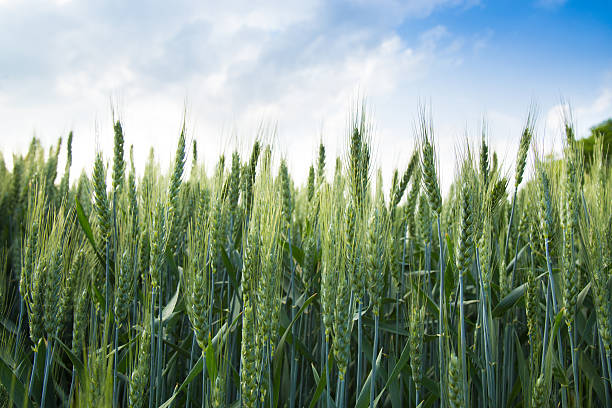
Barley
Barley prefers cool, dry weather and flourishes with low to moderate humidity. It grows best in temperatures ranging from 55°F to 75°F (13°C to 24°C). For optimal growth, barley should be planted in the fall, making it ready for harvest in late spring or early summer the following year. Planting barley is less costly than the average crop, requiring only 0.9 times the standard investment. This crop also offers a decent return, with a profit of 1.3 times the cost.
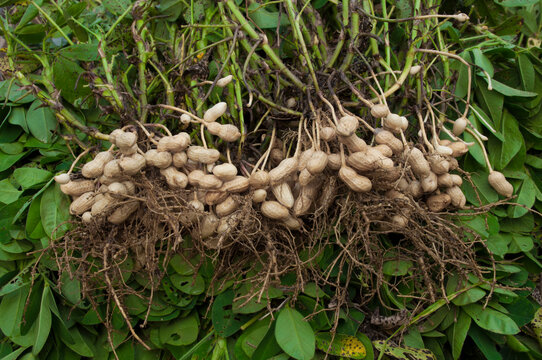
Peanut
Peanuts need warm and sunny conditions to grow and prefer areas with moderate to high humidity. They thrive in temperatures between 65°F and 95°F (18°C to 35°C). Planting should occur in late spring, after the soil has warmed up, aiming for a harvest in early to mid-fall. The cost to plant peanuts is average, exactly 1.0 times the standard crop cost, but they offer a profitable return of 1.55 times the investment.
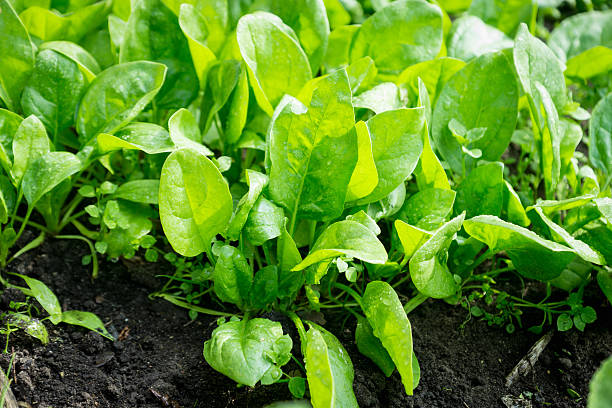
Spinach
Spinach thrives in cooler conditions and prefers moderate humidity, making it ideal for growing in temperatures between 50°F and 70°F (10°C to 21°C). Unlike many crops, spinach can be planted in the winter in regions with mild climates, allowing for an early spring harvest. It costs slightly less than the average crop to plant, at 0.95 times the usual expense, and offers a good return of 1.4 times the investment.
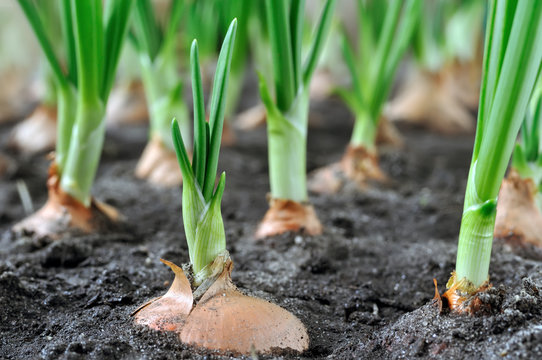
Onion
Onions adapt well to a variety of weather conditions but thrive in cooler temperatures. They can be planted in early winter for regions where the climate allows, aiming for a harvest in late spring or early summer. Onions require a cost that's slightly below average to plant, at 0.95 times the standard crop cost, and they offer a stable return of 1.3 times the investment.
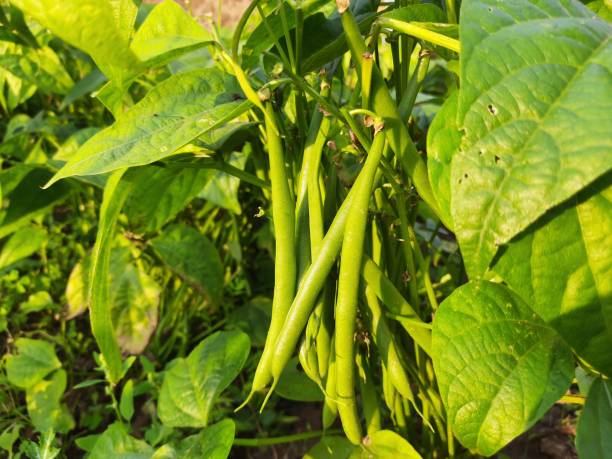
Green Bean
Green beans prefer warm weather and moderate humidity, thriving in temperatures between 65°F and 85°F (18°C to 29°C). They should be planted in early to mid-summer, and are ready for harvest in mid to late summer to early fall. The cost to plant green beans is about average, at 1.0 times the standard crop cost, but they offer a solid return of 1.45 times the investment.
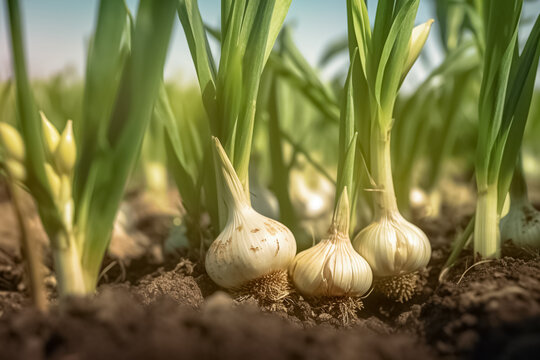
Garlic
Garlic prefers cooler climates and is tolerant of a wide range of temperatures, but it particularly needs a period of cold to properly develop its bulbs. Ideal temperatures for garlic growth range from just above freezing to moderate spring temperatures. Planting occurs in late fall with a harvest ready in late spring or early summer. The cost to plant garlic is about average, at exactly 1.0 times the standard crop cost, offering a profitable return of 1.5 times the investment.